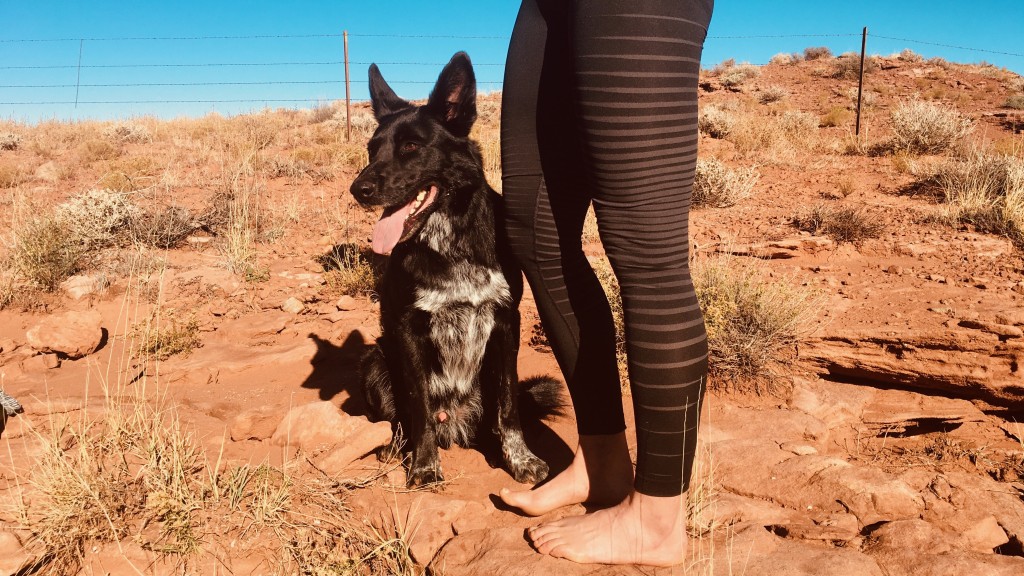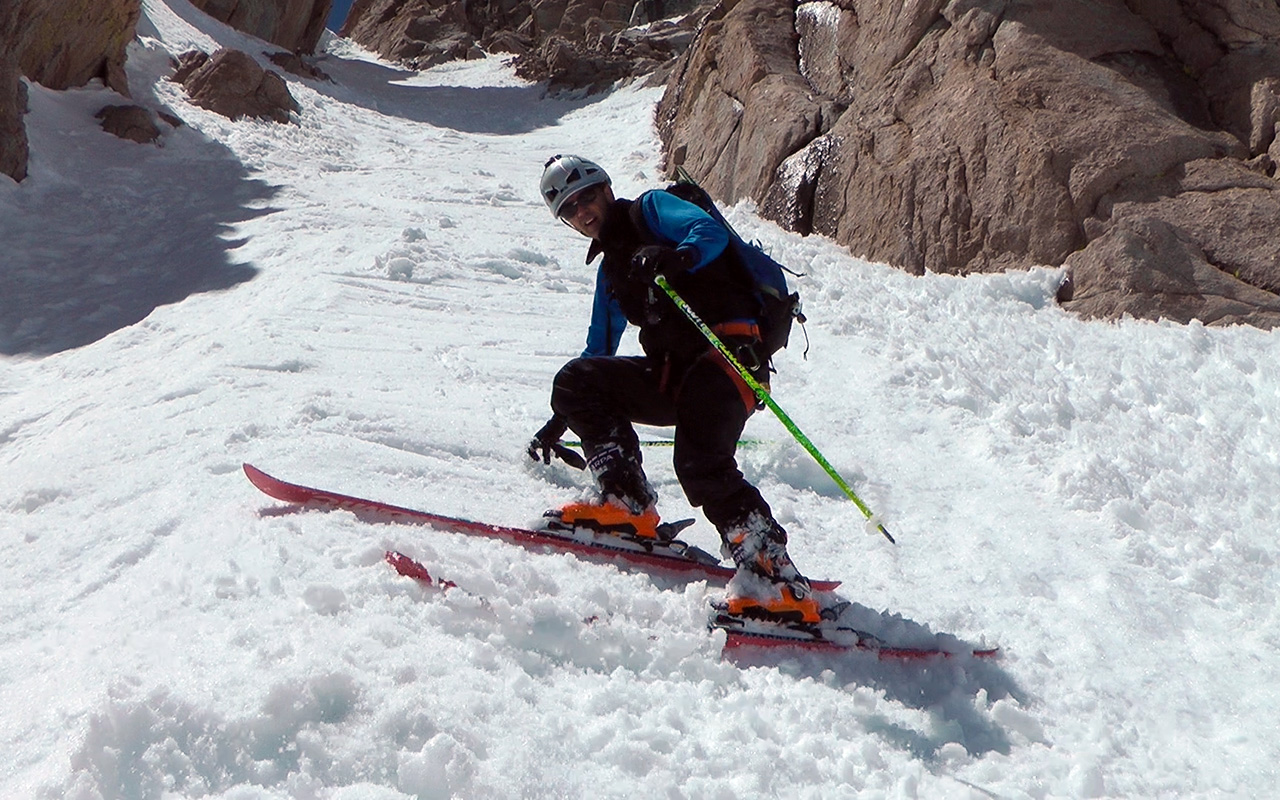
Burton helmets keep you safe on the slopes. The helmets are made of a combination shell and foam that helps to dissipate impact energy without causing damage to your head. MIPS (Multidirectional Import Protection System) liners can be added to some helmets.
MIPS protects your head from the angled impacts of a snowboard crash or a botched landing. These are the most common types and severity of head injuries. It is important to have MIPS protection in your helmet.
How to Select the Right Helmet
Your budget, your intended use of the helmet (skiing or snowboarding), and the features you require should all be considered when choosing a helmet. You should always spend more on helmets that are made of better materials.
You want a model with a lining that fits comfortably and is comfortable. The best option is to be able adjust it. Many helmets come with removable, washable fitpads that allow for the best fit. Many of the best helmets include a magnetic neck strap that can be adjusted easily.

If you need more protection than just the lining, look for a helmet with an ABS (acrylonitrile butadiene styrene) or polypropylene shell. These are more durable than EPS (epoxy-polypropylene) constructions and can handle more abuse. They aren't as light and absorb less force than EPP foams.
It is also important to check the helmet's overall weight and whether it has adjustable venting. This is particularly important when you are skiing uphill for long periods.
Budget snow helmets can be worn for many hours and weigh less that a pound. These helmets often have thicker linings, and they don't offer as many adjustment options as the more expensive models.
Some high-end snow helmets, such as the Smith Vantage MIPS and Oakley MOD5, have a soft lining designed to fit your head. This helps prevent sagging while providing plenty of support.
It is worth considering the thickness of the liner when looking for a new helmet. A helmet that is too thin can make you uncomfortable and cause your headphones to slip. You also don't want a helmet that's so thick that it impedes your field of vision.

You should also consider the type and composition of the foam used in the helmet. EPS foam is the most common material in snow helmets, but it can be brittle and crack easily. EPP foam, which is more resilient to abrasion and springs back after being struck by impact, is safer.
WaveCel Technology
Anon's WaveCel technology may be worth a closer inspection if you are looking for extra safety. The tech replaces much of the EPS foam in your helmet with small ripples, which help dissipate rotational energy during high-angle falls.
FAQ
What is the best price for airline tickets?
If you want to find the cheapest airfare, then you might consider looking at airlines like Jetstar, Virgin Australia, AirAsia, Tigerair, Malaysia Airlines, Singapore Airlines, Thai Airways International, Korean Air, Philippine Airlines, China Southern Airlines, etc.
If you search online, you will see that some of these airlines give away cheap flight tickets as a promotion.
What should you take on vacation?
You must know what you want from your holiday. This is not about packing clothes. Consider where you're going and how much time you'll be staying there.
You need to think about what activities you would like to participate in. For instance, if you travel to exotic places, you may consider diving. You may also be interested in participating in local festivals and events, especially if your stay is longer.
To ensure that your health is taken care of, it is essential to inform those who will be taking care of you about any issues.
How do I prepare my body for vacation?
To maintain a healthy lifestyle on vacation, you must eat well and exercise regularly.
Before you leave for work, it is important to be well-hydrated and rested.
Be sure to have all your travel documents and medications on hand.
And if you're planning to take any medication during your trip, ensure you carry enough to last until you return home.
Finally, be sure to pack a change of clothes in case you get sick or injured.
What's the first thing you should do when you arrive at your travel destination?
A plan should be prepared for each step of your journey. It will let you know what to expect, and where to go next.
Planning ahead is essential to avoid being late for any important events.
For instance, if your trip to a city lasts more than one hour, research which landmarks, museums, and parks you'd like.
You might also want to get a map and learn more about the history of the region.
What should you never forget when traveling?
Traveling is a time when you are often faced with situations that require quick decisions. You should be ready to improvise.
You could be stuck there for hours, days and even weeks. If you have a plan, you'll be able to provide food, water, shelter and a place to rest. But, if not, you might have the need to improvise.
In these instances, you may need to rely only on what you are good at. That means making quick decisions based on instinct and experience.
Sometimes you just can't make a choice. It could happen that you are stranded without cell phone coverage, run out of gas, or have been robbed. You will need to be flexible to any situation that presents itself.
The key is to keep calm, stay focused and act decisively. Don't panic. Instead, stay focused on what you have control of.
If you are lost in the woods, it is possible to choose which direction you should go. If you are hungry, you can eat mushrooms or berries. You can also drink rainwater and melt snow if you feel thirsty.
If you're tired, rest. If you're cold, you can bundle up. You can wear a sweater if it's cold. Whatever your choice, staying positive will help you feel better.
How long does a flight take between two countries.
The distance between two airports and the weather conditions affect the time taken to fly.
Average flight time is 3 hours.
The actual flying time will depend on several factors including the airline, the aircraft type and delays at the airport as well as weather conditions.
Statistics
- Case in point: the private island of Ilha Caldeira, less than seven miles off the coast as part of the Primeiras and Segundas Archipelago, is located within the marine-protected area with 20 percent of the country's intact living coral. (travelandleisure.com)
- You can use compression sacs or cubes to reduce the volume of your clothes by up to 80%—this is especially convenient for bulky items such as sweaters and jackets. (eaglecreek.com)
- Alcoholic beverages with 24% alcohol or less are not subject to limitations in checked bags. (tsa.gov)
- No Checked Bags: No Alcoholic beverages with more than 70% alcohol (over 140 proof), including grain alcohol and 151 proof rum. (tsa.gov)
- According to Maori legends, this park holds 14 fjords that were all carved by a giant stonemason with an adze. (busytourist.com)
External Links
How To
How to plan for your next holiday
Planning a trip can involve many things including booking flights, hotel reservations, car rentals, and activities. It includes important considerations such a budget, destination, weather forecast, time frame, etc.
These points should be kept in mind while you are planning your next holiday.
To ensure you get everything right, we have created a step-by-step guide to help you plan your next vacation. This guide has been compiled using customer feedback as well as our own experience. We hope that by following this guide, you can plan your next vacation without any hassle.
Steps:
-
Plan your Budget - This is the most important step to take when planning for a trip. Before you start to think about where to go or what to do, it is important to determine how much money you have available for your trip. You might have to cancel your plans if you don't have enough money.
-
Book Your Tickets - Once you've decided on your budget and set your priorities, booking your flight tickets is the first thing that you should do. Find the best price and lowest flight deal. Check to see if there are any seasonal specials offered by airlines. These deals could help you save a lot of cash.
-
Choose Your Destination - Once you've booked your ticket, the next thing you'll need to decide is where you'd like to travel. When choosing your destination, many factors are important. These include location (where you are going), climate (what time of year), culture (how friendly the people) and cost (how much it is).
-
Locate Accommodations – After you've chosen your destination, you need to locate accommodations. There are many choices for accommodation. You can choose from affordable hostels or luxury suites. Your needs and preferences will determine the type of accommodation that you choose. If you are looking for somewhere close to the center of the city, a hotel might not be the best option. However, homestays may be more suitable for you if your preference is quieter and away from crowds.
-
Select Activities and Attractions - Now is the time for you to choose the attractions and activities that you want to include in your itinerary. Depending on the length of your stay, you can either choose only a few activities or add several new ones throughout your trip.
-
You can now determine your schedule. A fixed schedule will ensure that you get the best value for your trip. However, if you're free to move around at your convenience, you can enjoy your trip even more.
-
Create itinerary – This allows you to organize all of the details for your trip. These information can include flights, accommodations, activities and restaurants. You will need to record them all and make a list.
-
Research Online - Before leaving for your trip, research online so you won't miss anything. To find out what other travellers think about different destinations, read reviews and testimonials. This will allow you to plan your trip accordingly.
-
Avoid Overpacking - Too many clothes can make packing a nightmare. Try to bring just three sets of clothes instead of five. Bring clothing appropriate for the weather you're visiting.
-
Be Prepared - Finally, be prepared! Be prepared before you set off on your trip. It's not a good idea to spend time looking for documents while you are still on the move.